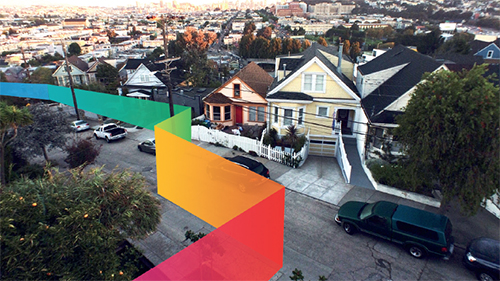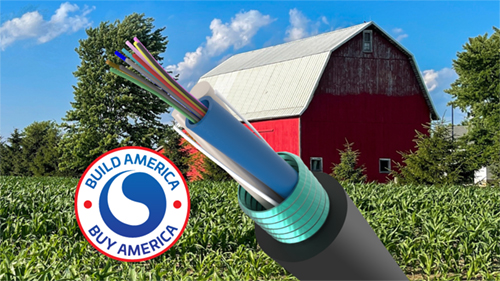What is DOCSIS?
DOCSIS1 (Data Over Cable Service Interface Specification) is a telecommunications standard that enables high-speed data transmission over existing cable television systems. Developed by CableLabs, DOCSIS technology allows cable operators to provide broadband internet access without requiring extensive infrastructure changes.
Key Takeaways
-
DOCSIS enables high-speed internet over cable TV lines: Originally developed to transmit data over existing cable systems, DOCSIS allows broadband access without major infrastructure changes.
-
DOCSIS 4.0 boosts network performance: The latest version supports expanded frequency ranges—up to 1.8 GHz downstream and 684 MHz upstream—enabling higher data rates and greater capacity.
-
Two core technologies enhance DOCSIS 4.0: Extended Spectrum DOCSIS (ESD) increases bandwidth while keeping upstream and downstream separate, and Full Duplex DOCSIS (FDX) allows simultaneous two-way data flow in a shared spectrum.
-
Improved broadband experiences: With DOCSIS 4.0, users can benefit from faster downloads, better streaming, and smoother performance for applications like telehealth and cloud gaming.
-
Flexible paths for future upgrades: Operators can choose between incremental upgrades like ESD or more transformative changes such as Distributed Access Architecture (DAA) and Node PON to meet future connectivity needs.
Evolution of DOCSIS
Since its inception, DOCSIS has undergone multiple iterations, each improving speed and efficiency. The latest version, DOCSIS 4.0, expands the operational spectrum in hybrid fiber-coaxial (HFC) networks, supporting up to 1.8 GHz in the downstream and 684 MHz in the upstream. These enhancements enable significantly higher data rates and improved network capacity.
Key Features of DOCSIS 4.0
DOCSIS 4.0 introduces two primary technologies: Extended Spectrum DOCSIS (ESD) and Full Duplex DOCSIS (FDX). ESD extends the frequency range while maintaining separate upstream and downstream bands, whereas FDX dynamically allocates shared spectrum via a dedicated 108-684 MHz FDX band to optimize bandwidth usage. These advancements help cable operators to enhance network performance while maintaining compatibility with existing infrastructure.
Impact on Broadband Services
The introduction of DOCSIS 4.0 contributes to the advancement of multi-gigabit broadband speeds. With increased bandwidth, users can experience faster downloads, improved streaming quality, and enhanced support for emerging applications such as telehealth and cloud-based gaming.
Future of DOCSIS and Network Evolution
As broadband demand continues to grow, DOCSIS technology will play a crucial role in network evolution. Operators can choose between evolutionary upgrades, such as ESD, or revolutionary approaches like Distributed Access Architecture (DAA) and Node PON deployments. These options provide flexibility in adapting to future connectivity needs.
Related CommScope Links
1 DOCSIS is a trademark of Cable Television Laboratories, Inc.
© 2025 CommScope, LLC. All rights reserved. CommScope and the CommScope logo are trademarks of CommScope and/or its affiliates in the U.S. and other countries. For additional trademark information see https://www.commscope.com/trademarks. Wi-Fi, Wi-Fi 6 and Wi-Fi 7 are trademarks of the Wi-Fi Alliance. All product names, trademarks and registered trademarks are property of their respective owners.





